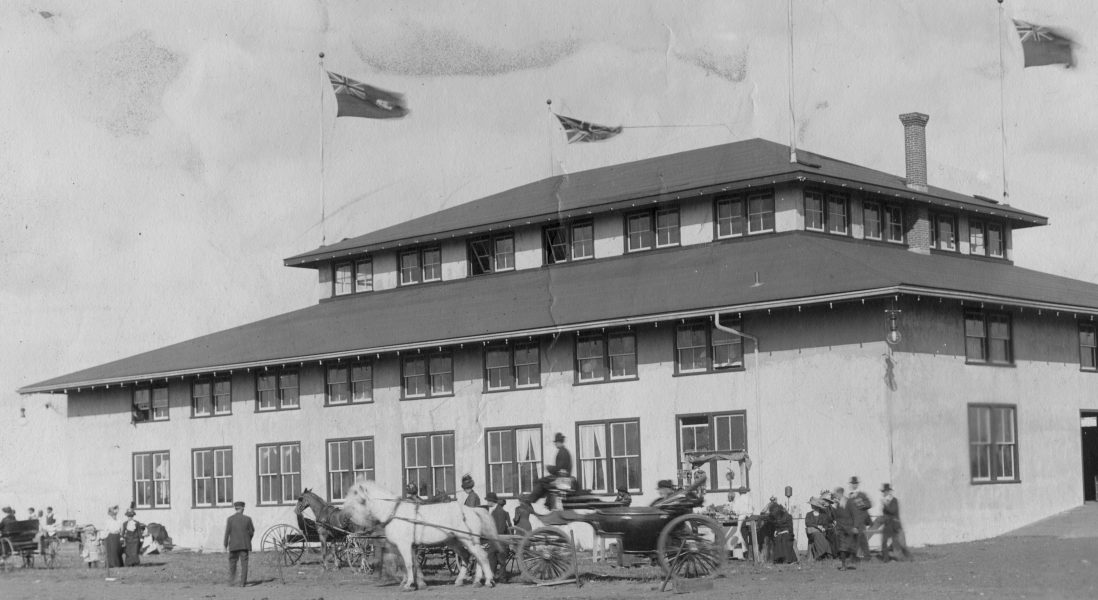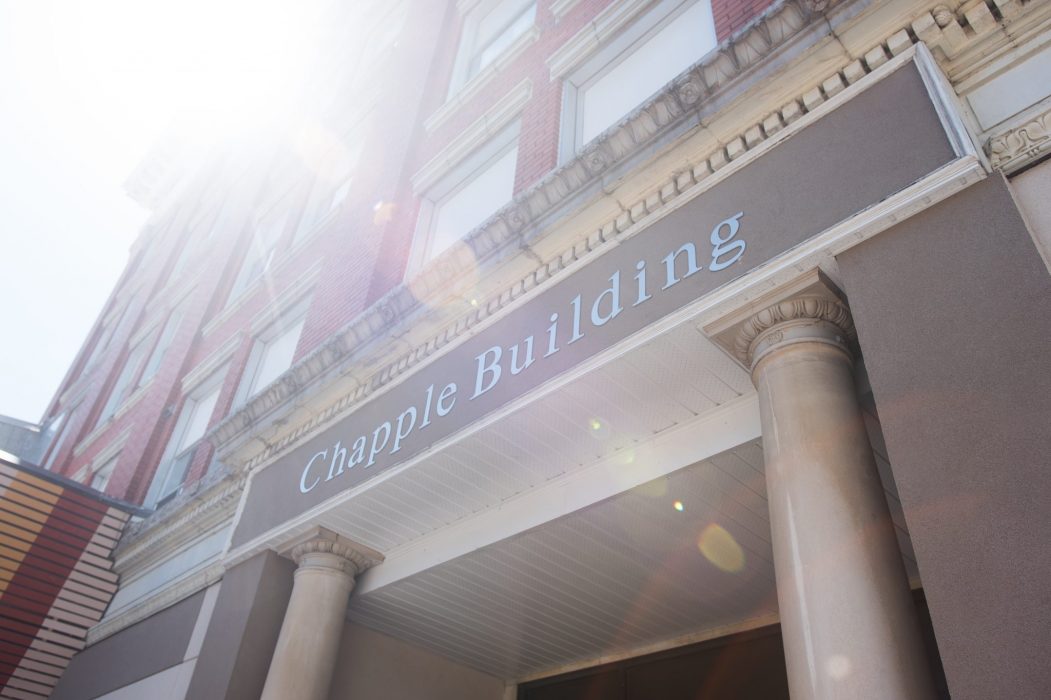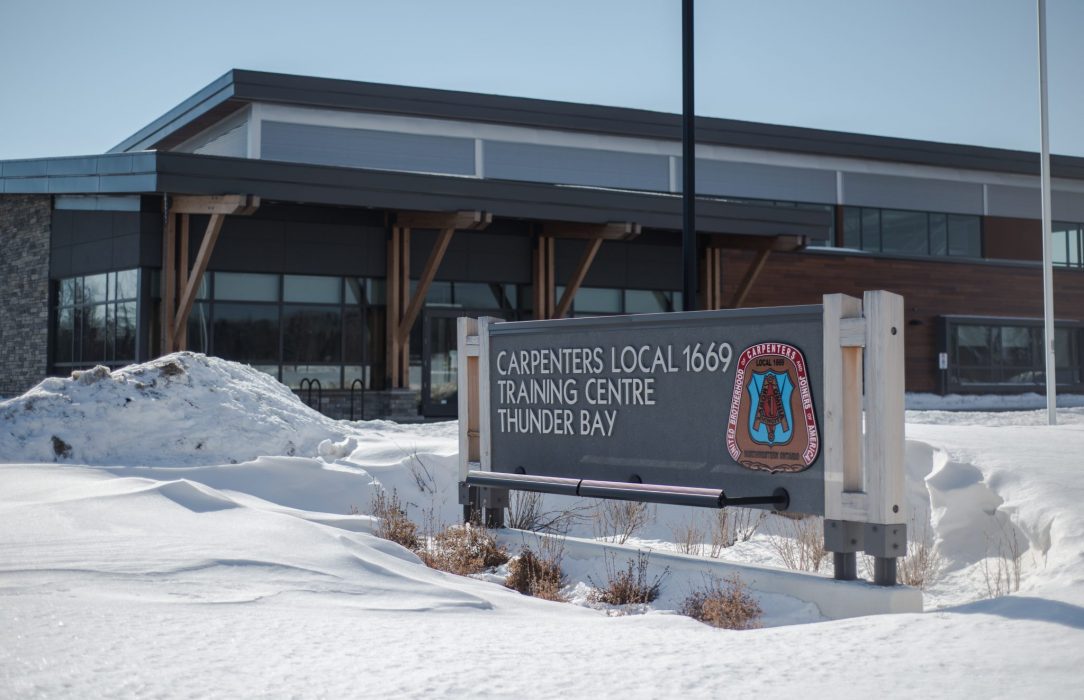Port Arthur’s Railway Hotel
Story by Laurie Abthorpe
How many hotels can say they originated at a card table? The Prince Arthur Hotel can! It was during a late night poker game in 1908 aboard the private rail car of Sir William Mackenzie and Sir Donald Mann, partners and principle promoters of the Canadian Northern Railway, that the mayor of Port Arthur, J.J. Carrick, suggested the notion of a grand hotel for Port Arthur. Carrick offered an ideal building lot along the railway with a waterfront view. Sir Mackenzie’s interest was piqued and he agreed, if construction costs were kept to the $250,000 Carrick estimated. Mayor Carrick did not have authorization to gift the land to the Canadian Northern Railway so the proposal was put to public vote. On April 28, 1909, the ratepayers of Port Arthur approved the land known as Reserve “A” for the construction of “the big Canadian Northern Railway Hotel and a Greater Port Arthur.”
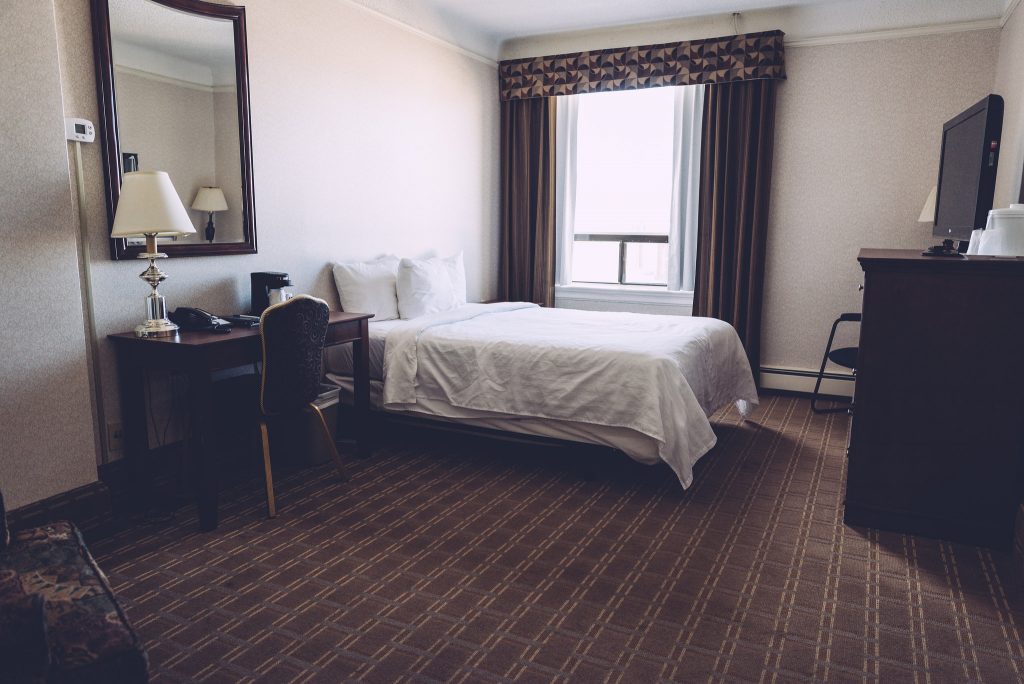
J.D. Matheson, from Warren and Wetmore Architects of New York City, designed the stately rectangular plan hotel with its flat roof and terminating cornice. An original rendering of the design showed wings planned for future expansion of the hotel. Construction of the six-storey, fireproof, brick and stone structure began in 1910 with Toronto firm Imperial Construction acting as general contractors. Much of the important work was entrusted to local tradesmen with materials sourced locally. The cut stone was supplied by Stanworth-Martin Co. of Port Arthur and brick from the furnaces of the Twin City Sand Co. While construction was well underway, an annex to the building was added to the south end. The two-storey addition was built to house the Bank of Nova Scotia in the basement and main levels with the hotel using the second floor as a drawing room.
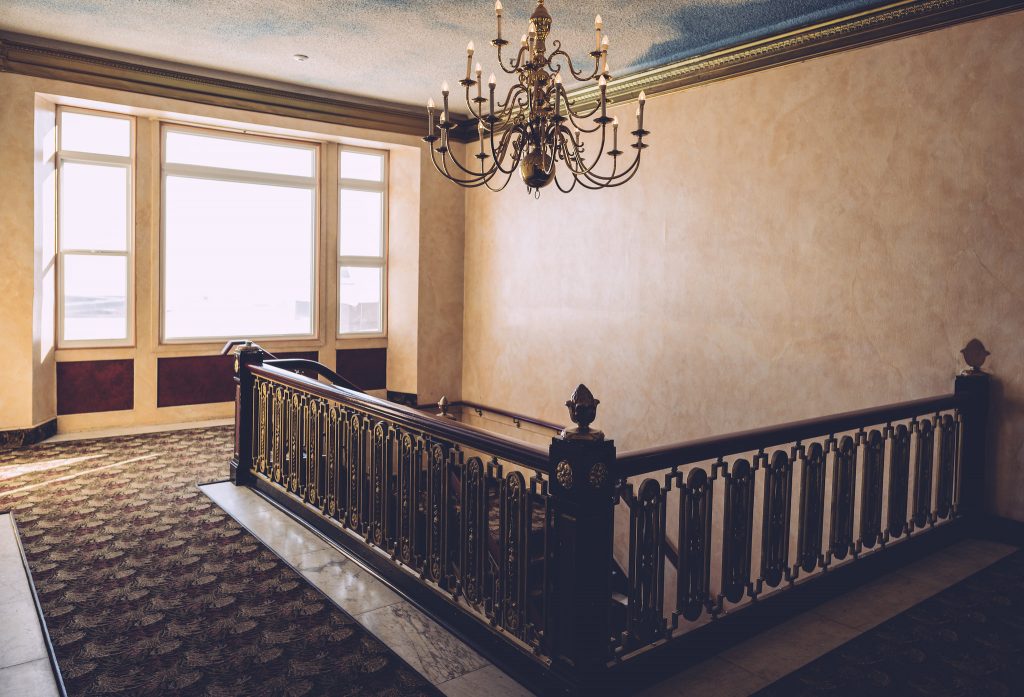
The Prince Arthur Hotel, with its rich appointments and modern facilities, was officially opened on March 14, 1911, with many distinguished guests in attendance. Built facing the lake with a beautiful vista of the harbour and the legendary Sleeping Giant, the main entrance was approached by guests arriving by rail and steamship through the hotel’s formal terraced gardens and lawns designed by landscape artist H. F. Boyce of North Battleford, Saskatchewan. The gardens played host to the namesake of the hotel, Prince Arthur, the Duke of Connaught, at a ceremony held during a visit to Port Arthur shortly after he was appointed Governor General of Canada in 1912. Prince Arthur was joined by the Duchess of Connaught and their daughter Princess Patricia. Special permission was previously granted to the hotel for use of the Connaught crest, a British Lion above a ducal coronet. The crest, incorporated with the Canadian Northern Railway monogram, was used on many of the hotel’s furnishings, including its china. In 1912, four storeys were added to the annex addition directly above the bank and hotel drawing room. With this complete, the total cost of the hotel reached nearly $850,000.
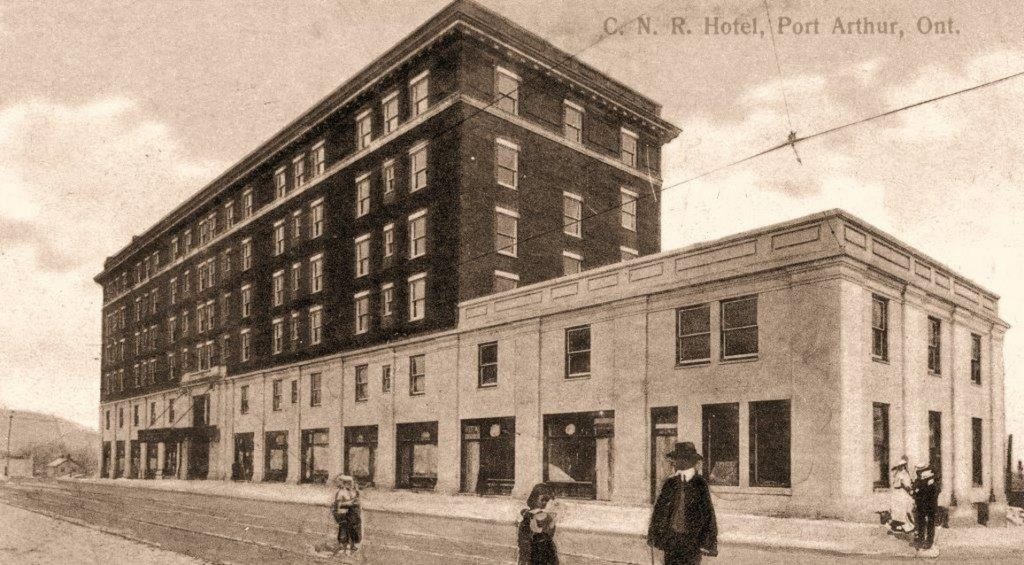
The Prince Arthur Hotel has hosted many important events and meetings, one of which has national significance. In 1921, a National Conference of the Great War Veterans Association held here. Madame Guérin, the “Poppy Lady of France,” appeared at the conference to propose a Poppy Day be held in Canada. The idea was embraced and the first poppy campaign was held in Canada, that same year on November 11.
The Prince Arthur remained a railway hotel until it was sold to a private firm from Winnipeg in 1955. The hotel, now operating as the Prince Arthur Waterfront Hotel and Suites, has undergone many transformations over the years. Much of the hotel’s original charm is still in place, including the two-storey rotunda with is ornate plasterwork and marble tread staircase leading up to the original dining room. Remnants of two tunnels can be found in the basement of the hotel, one of which, now bricked over, leads toward the lake shore. Though more romantic notions abound of what these tunnels may or may not have been used for, their true purpose was most likely to transport goods and supplies arriving by ship from the docks to the hotel, underneath the railway tracks.
Laurie Abthorpe is the heritage researcher for the Heritage Advisory Committee, which advises city council on the conservation of heritage buildings, sites and resources, and their integration into development. For more information on the city’s heritage resources, visit thunderbay.ca.




